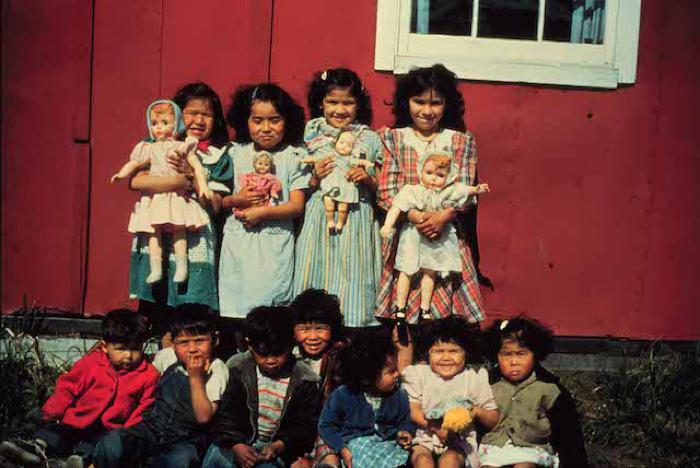Doll — Suaruaq

Dolls were once signs of spring in Alutiiq communities. Elders recall that most toys were stored through the dead of winter, beginning at Russian Christmas, and could only be removed from storage when signs of spring signaled the rebirth of the year. The sounds of migratory birds told children that it was time to play on the beach. Elders fondly recall playing outdoors around Easter time.
Dolls are a common find in Alutiiq village sites. Made of wood, bark, bone, or ivory, most have carefully crafted faces, torsos, and legs, but lack arms. Arms may have been represented with the doll’s clothing. At Karluk One, a well-preserved Alutiiq village at the mouth of the Karluk River, archaeologists identified at least three types of human figurines. Male and female dolls appear to be children’s toys, as do tiny model hunters designed to sit in the hatch of toy kayaks. Shamans may have used a third type of doll. Shamans were believed to put spirits into human carvings that could help people or cause great harm. Some of these dolls have human hair and may represent ancestors because hair was a resting place for the human soul.
